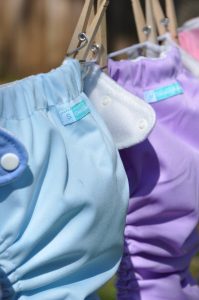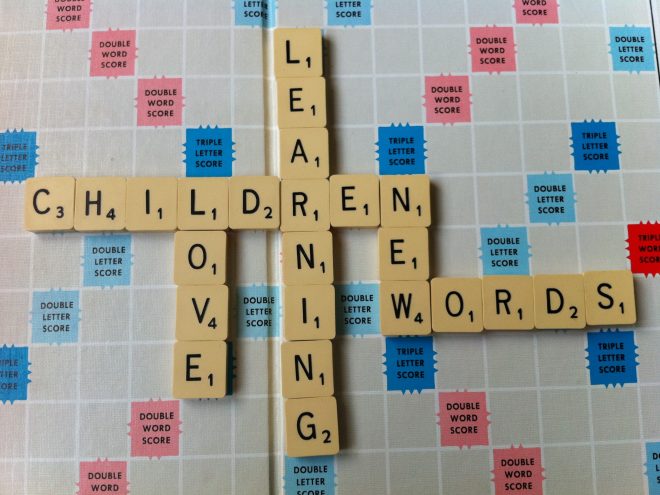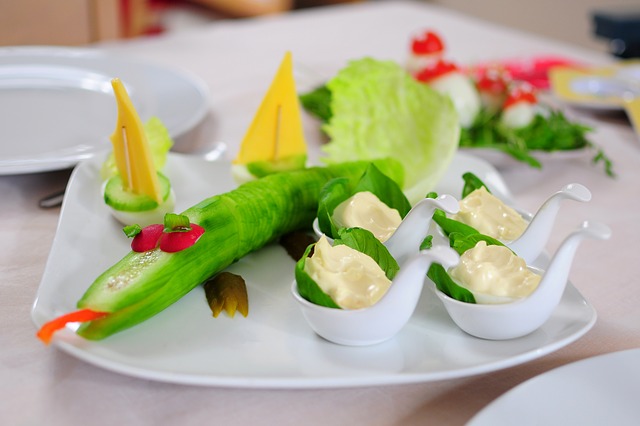
Cloth Diapers vs. Disposable Diapers. Which is better?
 Hello guys!
Hello guys!
I hope you are having a great week! I would like to continue a topic I mentioned in one of my previous posts on how to prepare your house for a newborn and all the other necessities. Buying diapers is one such necessity. But what kind of diapers? What is the difference between cloth and disposable ones? What are their advantages and disadvantages? I’ve found quite a few interesting points I want to share with you!
I once believed that if I ever have to deal with poopy diapers it will be just to take them outside and be done with them. However, after a thorough research, cloth ones were the ultimate winners. When I say I cloth diaper my baby, people think that I am some sort of a dirty hippy and even my friends find it weird. However, after I carefully decided on both the advantages and disadvantages, I know I have made the right decision! You will see why!
Benefits of Cloth Diapers
1. Cloth Diapers are more economical. A LOT MORE. Significantly more. I cannot highlight it enough. According to research, cloth diapers are worth between $300 and $800 dollars. Most mothers whose opinions I have read have managed to buy a stash of diapers for around $400, which was enough for the entire diapered life of their child and they even managed to use the same stash for their second child, which is amazing. Can you imagine how much you could save, by just throwing some more effort. One of the primary reasons why I chose cloth diapers, was because I imagined how many cool baby things I can buy with all the money I would save from disposable diapers. Better crib – check! Emily needs formula – check! Better products – check! Better toys – check, check and check!

Credit: Apple Cheeks
According to some statistics, in the first two months, your newborn will need ~600 diapers, in the 2 months to follow ~480, between the 4th and the 24th month another 3600 diapers. And that’s just if you manage to potty train your child at the age of 2. In this case the total would be ~4680 disposable diapers. However, If you potty train your kid at the age of 3, you will have another 2200 diapers to buy and change. My head aches from the numbers already and now is the fun part. How about paying 25 cents for each and every diaper I mentioned above? You do the math…
2. Cloth Diapers are healthier. According to consumer satisfaction research and moms sharing their opinion, it seems that thanks to the soft texture, the cotton and the original materials used, cloth diapers cause less rashes and redness. In addition, they keep the bottom of your baby dry more effectively than disposable ones. Furthermore, you can wash it with special softeners, add baking soda, bleach and other detergents, that can help sanitize your cloth diapers, keep them in good and soft condition.
 3. Cloth Diapers are eco-friendly. According to research cloth diapers require a lot less water to be produced and disposed of. It may seem that they require a lot of washing, but that’s just cause you haven’t seen this picture. This is a baby and at the back you can see all the disposable diapers she will require for its diapered life, before it gets potty trained. As you can see the amount rises to the sky, in comparison to just 30-40 cloth diapers.
3. Cloth Diapers are eco-friendly. According to research cloth diapers require a lot less water to be produced and disposed of. It may seem that they require a lot of washing, but that’s just cause you haven’t seen this picture. This is a baby and at the back you can see all the disposable diapers she will require for its diapered life, before it gets potty trained. As you can see the amount rises to the sky, in comparison to just 30-40 cloth diapers.
 4. Cloth Diapers are cleaner. Because of the better tightening options, the texture and covers of most diapers, there are no leakages with cloth ones. I hate that formula/breast-milk runny poop that I always find in the diapers, but I haven’t had a single leak so far. Most of my friends say that my success comes from the fact that I was really well-trained on how to change Emily. It is true that I practised prior to her arrival on dummies and friends’ babies, so by the time she was born, I could change her with my eyes closed (something I think I did during the midnight feedings), BUT still cloth diapers have made the difference.
4. Cloth Diapers are cleaner. Because of the better tightening options, the texture and covers of most diapers, there are no leakages with cloth ones. I hate that formula/breast-milk runny poop that I always find in the diapers, but I haven’t had a single leak so far. Most of my friends say that my success comes from the fact that I was really well-trained on how to change Emily. It is true that I practised prior to her arrival on dummies and friends’ babies, so by the time she was born, I could change her with my eyes closed (something I think I did during the midnight feedings), BUT still cloth diapers have made the difference.
5. Cloth Diapers come in greater variety. Just to mention a few – prefolds, countours, fitteds, covers, sized diapers, one-size-fits-all, all-in-one’s, hybrids, pockets, the list can go on. Here is an useful overview of all the types In addition, the colours you can choose from and the patterns are numerous.
- Five Changes to Apply to Your House Before Selling It - June 28, 2022
- How to clean and organise your summer house - January 27, 2022
- How Often Should Pest Control Visit Your Home? - January 13, 2022


